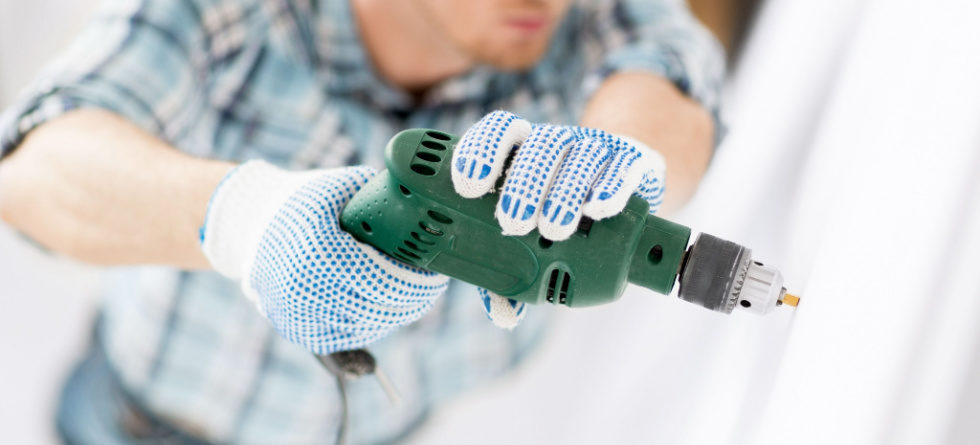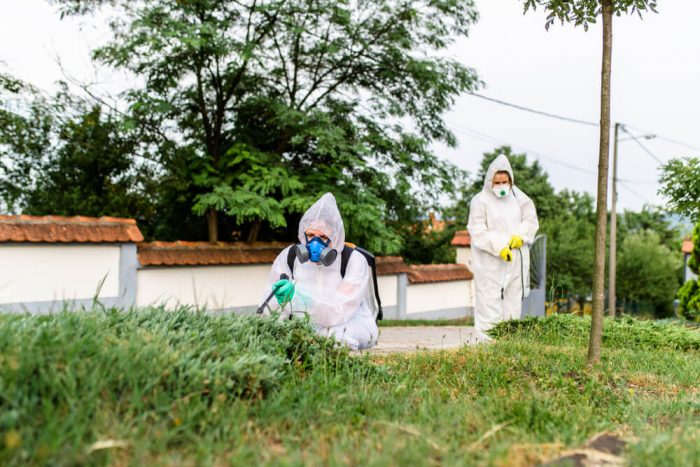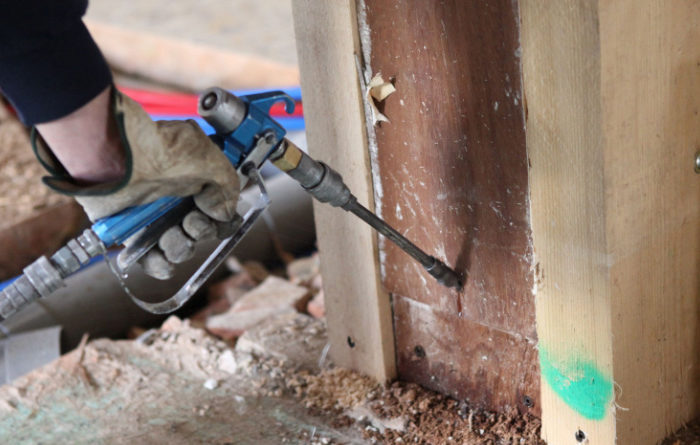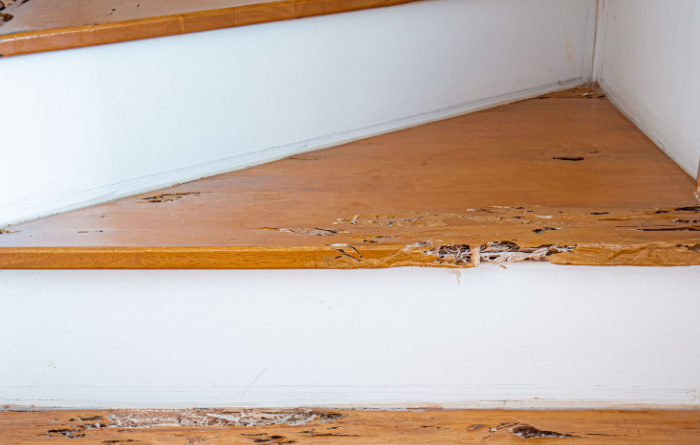Why do they drill holes for termite treatment?

Subterranean liquid treatments require a complete barrier around the foundation of the home. Where there is grass or soil, a trench can be dug around the exterior wall. However, if concrete has been poured, such as pool decks, then the operator needs to place the termiticide under the concrete slab, necessitating small holes to be drilled to allow for the application.




Leave a Comment